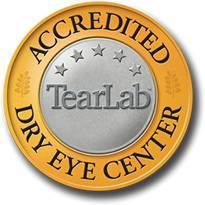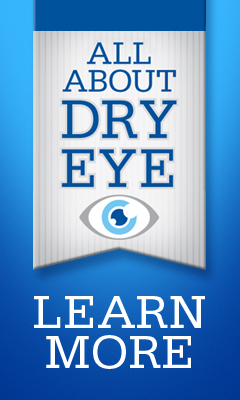RCEs are typically associated with one of the following:
- ABMD (also called EBMD or map dot fingerprint dystrophy), a corneal abnormality where the top layer of the cornea does not adhere fully to the rest of the cornea, or
- An injury to the cornea. Often what happens in this situation is that the cornea heals after the injury but RCEs start several weeks or months afterwards. Some research suggests this may result from limbal stem cell deficiency.
We've had many reports of people suffering RCEs after LASIK, PRK and similar surgeries, with symptoms starting anywhere from immediately to one year after surgery. It seems likely that many of these had undiagnosed ABMD before surgery.
If there is no other dry eye disease present, people with RCEs will typically be fine all day and have problems only at night or first thing in the morning. However, RCEs will often overlap with other conditions that can present similar symptoms, for example, lagophthalmos (incomplete lid closure, which also results in morning eye pain and can result in erosions), meibomian gland dysfunction, or even undiagnosed general dry eye symptoms. This 'mixture' can sometimes complicate diagnosis and treatment of RCEs.
The challenge with RCEs is how to get the cycle under control, reliably protect the cornea against new erosions, and if possible heal and compact the epithelium to the point where with reasonable care recurrence can be avoided. Here are some of the methods that are employed to discourage recurrence: lubricants, physical barrier protection, surgery.



